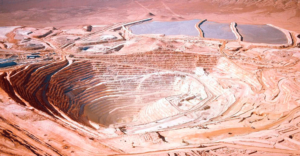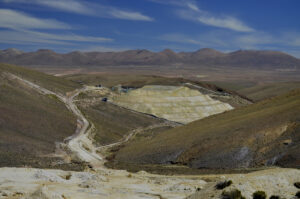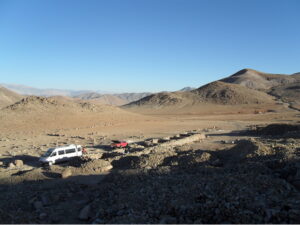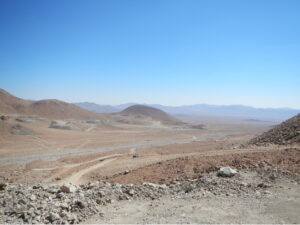
- Romania | 21 October 2021
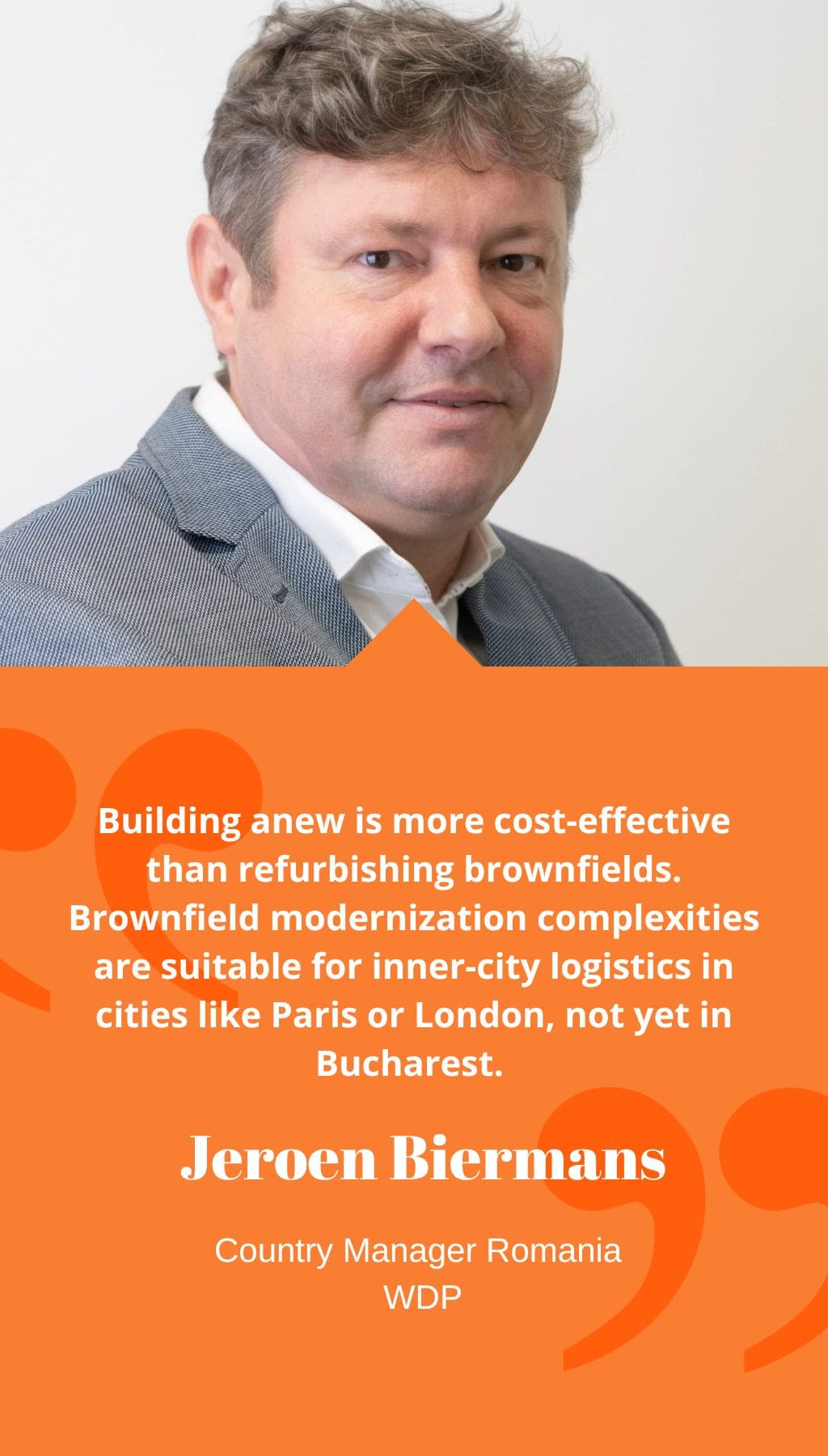
What’s the current scale of WDP’s presence in Romania and what are the company’s ambitions given the evolving real estate sector?
WDP initiated operations in Romania in 2007 but faced a pause due to the 2008 crisis. As the market regained momentum, we’ve developed approximately 1.4 million sqm of standing assets. These spaces primarily accommodate retail distribution centers for major brands like Profi, Carrefour, Metro, Auchan, serving over 50 clients across 25 sites nationwide. Our active national presence is a competitive advantage. We’ve heavily invested in digitalization, enabling clients to access building statuses and rental agreements. WDP Romania represents 15% of our overall portfolio, and we aim to grow it to EUR 1.5 billion with financial support from institutions like the World Bank, EBRD, and EIB.
How has demand evolved in the past year amid the pandemic?
Our pipeline comprises 40% new clients and 60% expansions by existing clients. E-commerce experienced a surge, with client turnovers growing notably from 3% to 15% year on year. Some retail spaces may transform into logistical hubs due to the rise in online sales. Logistics warehouses will likely remain outside city centers for cost-efficiency.
Romania is the sole CEE country you’ve settled in. What influenced this decision?
Romania’s culture aligns closely with Benelux, especially Belgium. We found English-speaking qualified workforce here, unlike other CEE nations. While Romania is as large as Benelux, our logistics spaces cover 30 million sqm there versus 5 million sqm in Romania, leaving ample development opportunities here. Although neighboring countries aren’t ruled out, Poland is established, Bulgaria poses political risks, and Hungary’s market entry is challenging.
Despite perceived risks, have you encountered any factual challenges in Romania?
Infrastructure is a concern, but not unique to Romania. Early difficulties with cadaster documents were resolved with dedicated efforts. Human resources weren’t a challenge; we found the right professionals. While Romania’s perceived risk led to higher yields (7.5% compared to Germany’s 3%), the significant spread may not be justified, with the gap possibly narrowing if political stability persists.
How feasible is revamping existing buildings in Romania, and what’s the market appetite for premium spaces?
Building anew is more cost-effective than refurbishing brownfields. Brownfield modernization complexities are suitable for inner-city logistics in cities like Paris or London, not yet in Bucharest. Premium warehouse demand primarily exists in Bucharest, followed by other cities, particularly for production facilities in areas like Pitesti, Oradea, Sibiu, Brasov, and Bacau. Constanta, being a seaport, holds potential.
How is the industry adapting to European norms on reducing the carbon footprint, particularly amid the pandemic?
The industry swiftly adapts, vital for ongoing financing. New warehouses prioritize sustainability. We’ve hired engineers for digitization, installed solar panels, embraced LED lighting, energy efficiency, and electric vehicles, importing European trends to maintain employee motivation.
What’s the outlook for the next few years, and is there a risk of an industry bubble?
Amid the pandemic, negotiations have slowed, affecting our projects. The aim is to reach EUR 1 billion in value, focusing on premium buildings to elevate local standards. The industry in Romania is less speculative, hence less likely to create a growth bubble seen in Western Europe.
Any final thoughts on the Romanian real estate market?
Personally, I’m optimistic due to the workforce’s dedication, subsidies’ accessibility, and available land. Romania’s potential for manufacturing in Europe makes it an appealing setting. Logistic warehouses proved resilient during the pandemic, making it a secure investment sector.








